Magnolia Trees
sav2005
18 years ago
Related Stories
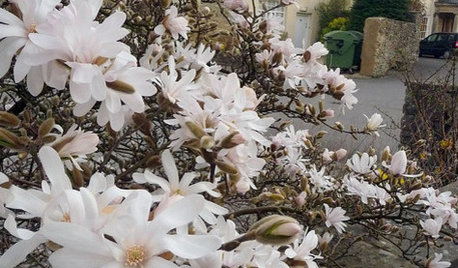
GARDENING AND LANDSCAPINGGreat Design Tree: Star Magnolia
Winter-blooming magnolia is a stellar plant for all seasons
Full Story
TREESGreat Design Plant: Southern Magnolia, Iconic U.S. Native
Massive, fragrant blooms and deep green leaves set Magnolia grandiflora apart from other large shade trees
Full Story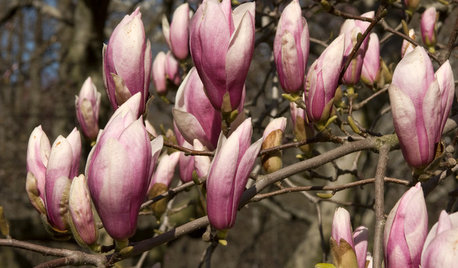
LANDSCAPE DESIGNGreat Design Plant: Saucer Magnolia
Witness its glorious spectacle in early spring, but this specimen tree brings other delightful visuals to a garden too
Full Story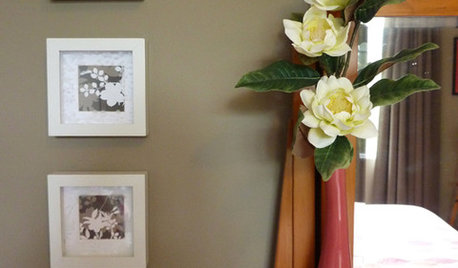
Magnolia Magic Breezes Into the Home
Real or not, the leaves and blossoms of this Southern tree infuse any room with gracious charm
Full Story
SPRING GARDENING7 Spectacular and Practical Spring-Flowering Trees
Put on a beauteous show in the garden with a landscape tree awash in flowers — just do your homework first
Full Story
TREES7 Deer-Resistant Flowering Trees to Plant this Fall
If you live in a neighborhood with roaming deer, consider these beautiful trees that won't tempt hungry guests
Full Story
GARDENING GUIDES5 Best-Behaved Trees to Grace a Patio
Big enough for shade but small enough for easy care, these amiable trees mind their manners in a modest outdoor space
Full Story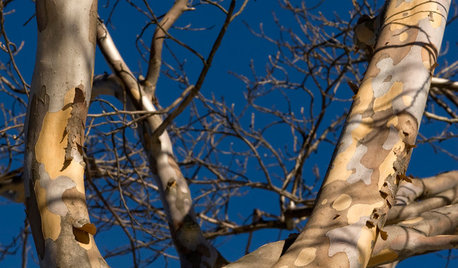
WINTER GARDENING8 Gorgeous Trees for Winter Interest in the Garden
Intriguing forms and beautiful branches take center stage when color heads back into the wings of the winter landscape
Full Story
FALL GARDENING6 Trees You'll Fall For
Don’t put down that spade! Autumn is the perfect time for planting these trees
Full Story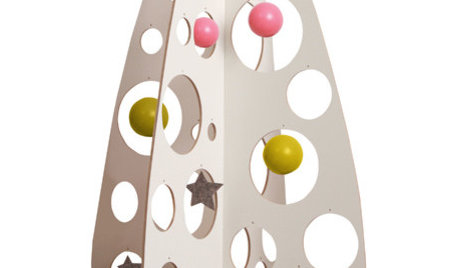
Guest Picks: Quirky Christmas Trees
Take a break from the traditional tannenbaum and opt instead for one of these Christmas tree originals
Full StorySponsored
Franklin County's Preferred Architectural Firm | Best of Houzz Winner






rhizo_1 (North AL) zone 7
sav2005Original Author
Related Professionals
Ilchester Landscape Architects & Landscape Designers · Manorville Landscape Architects & Landscape Designers · Bedford Heights Landscape Contractors · Bethel Park Landscape Contractors · Canby Landscape Contractors · Framingham Landscape Contractors · Gainesville Landscape Contractors · Kaysville Landscape Contractors · Mastic Beach Landscape Contractors · Saint Paul Landscape Contractors · Baileys Crossroads Landscape Contractors · Immokalee Stone, Pavers & Concrete · Spartanburg Siding & Exteriors · Weymouth Siding & Exteriors · Wilmington Siding & Exteriorsrhizo_1 (North AL) zone 7
sav2005Original Author
rhizo_1 (North AL) zone 7
sav2005Original Author
pfllh
rhizo_1 (North AL) zone 7
sav2005Original Author
pfllh
rhizo_1 (North AL) zone 7
sav2005Original Author
rhizo_1 (North AL) zone 7